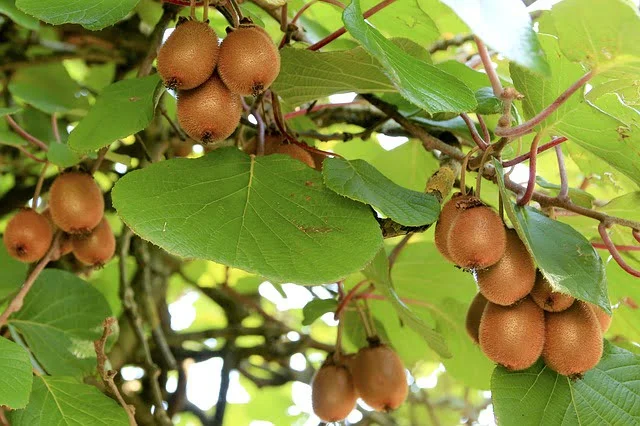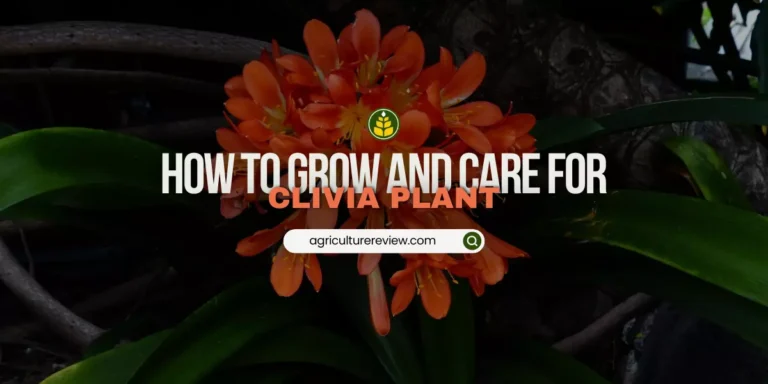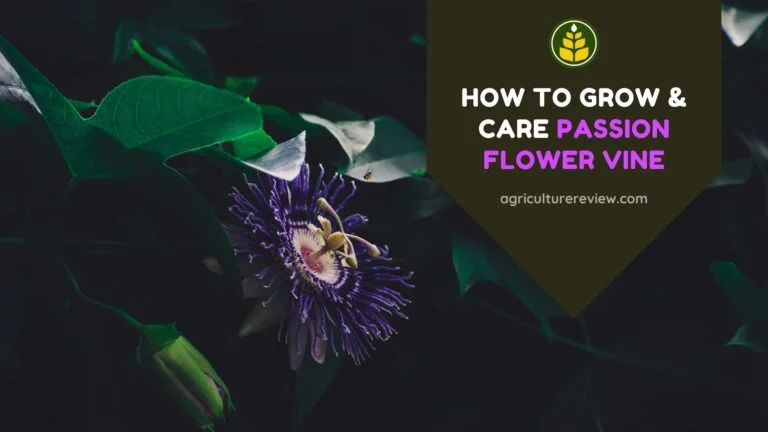This ultimate guide on how to grow kiwi will help you to grow kiwi in your garden. Get heavy fruiting on your kiwi plant by smart gardening. However, kiwi fruit plant can not grow everywhere but knowing about plant requirements can help you a lot!
It is extremely delicious, and nutritional fruit. But the size of the fruit depends on the cultivar. That’s why if you are planning to get large sized fruits then select your variety wisely.
Table of Contents
Introduction
Kiwi fruit or Chinese Gooseberry belongs to the genus Actinidia. It is native to central and eastern China. Hence the best climate to grow kiwis is one that resembles the native climate. People love to eat kiwi fruit because of its unique taste, shape of the fruit, and appearance.
Moreover, they are high in Vitamin-C and dietary fibres. According to webmd.com eating kiwi fruits helps in improving immunity and heart health. You can easily grow golden kiwi fruit, Chinese egg gooseberry, Hardy Kiwi fruit, Arctic Kiwi fruit, Purple Kiwi fruit, etc.
But kiwi fruit plants are dioecious naturally. That means if you are planning for heavy fruiting then you have to plant both male and female flower bearing plants. Generally for 6 female flower bearing plant one male flower bearing plant is enough.
Although nowadays many self pollinated hybrid varieties are there. You can grow them too if you have not much space. However, once you are successful in planting then you need to take care of the plant for heavy fruiting as they are perennial plants.
How To Grow Kiwi?

To get successful in growing kiwi you must know growing season, potting mix, pot selection and propagation method. This will help you to understand everything step by step. Knowing about growing season will help to estimate the probability of plant growth in your region.
Growing Season
You can grow Kiwi fruit plant very easily in temperate climate. But avoid growing them at place that faces extreme cold or hot temperatures. However, kiwi plant can not withstand frost but it should be grown in areas that receive 700 to 800 chilling hours.
This means that during winters the temperature should remain below 7 degrees Celsius for 700 to 800 hours. Hilly region are best for growing kiwis. You can grow them at 800 to 1500 metres above mean sea level.
During summers the temperature should not go above 35 degrees Celsius as it can cause scorching of leaves. Early spring season is the best time to propagate Kiwi fruit plants. Kiwi can grow in USDA Plants Hardiness Zones 5, 6, 7, 8, and 9.
Potting Mix
Kiwi plant loves deep, rich, and well drained sandy loam soil for better growth. Soil pH should be in the range of 6.5 to 6.9 is ideal. But pH of soil above 7.3 can affect the growth of the plant. As due to high pH the soil becomes deficient in Magnesium.
If you are going to grow in ground soil then you will have to take care of the spacing. Maintain 5 to 6 metres distance between row to row. However, for sowing seeds you can prepare potting mix with 80% normal garden soil + 20% organic compost.
Potting mix mainly depends on available type of soil. If your soil is too clayey then you have to add sand. But if your soil is sandy loam type then you have to only add compost.
Prepare ideal potting for growing kiwis with 60% normal garden soil + 40% organic compost. If you soil is clayey then add 30% river sand in the mixture. But if your soil is too much sandy then you can add 30% cocopeat.
Selection Of Pot
You have to be very smart is selecting pot for growing kiwis. During early growth stages you will not require large pots. But you can start with 20 inches pot with at least 2 to 4 drainage holes at the bottom. Although for seed germination you can select a small container for a while.
Propagation
You can propagate kiwi from seeds, cutting, or grafting. The best practice is to grow them from cuttings or grafting. The main reasons for not selecting seeds are fruiting time and male and female plant identification.
If you will grow kiwis from seeds then it will take at least 5 to 6 years to fruit. Moreover, it is very hard to distinguish between male and female flower bearing plants. That’s why both expert farmers and expert gardeners prefer vegetative propagation of kiwi.
As plants propagated through vegetative propagation are identical to their parents and they also bear fruits very soon. Because of these reasons propagating this fruit plant from cutting or grafting is beneficial.
From Cuttings
You can grow kiwi plant from both softwood and hardwood cutting. For this purpose select a healthy branch and cut 12 to 15 inches hardwood cutting. Remove all the leaves from the bottom part of the cutting. Leave 2 to 3 leaf buds at the top.
Dip the bottom end in rooting hormone. Prepare soilless potting medium with 50% perlite and 50% vermiculite. Plant half portion of the cutting in the medium. Keep the medium moist by applying water gently.
Place this container under partial shade. You can also cover your cutting and pot with transparent polythene. Maintain the adequate moisture in the pot and after 6 to 8 weeks roots will start developing in the cutting.
You can also start growing kiwi by purchasing high quality & disease resistant plants suitable for your region. Buy both male and female flower bearing plants from the nearest plant nursery or online stores.
Kiwi Plant Care

Once you are successful in growing the plants then you will need to take care of them. Taking good care of the plant ensures heavy fruiting and good health of the plant. Get to know about sunlight, watering, fertilizers requirement of the plant. Moreover, know about training, pruning, pest & disease management for best results.
Sunlight
Kiwi plant can grow well under full sun to partial shade sunlight. But for heavy fruiting prefer to place the pot under full sunlight. Daily 6 to 8 hours of daily sunlight is ideal for growing kiwis. But during hot summer days or freezing col winters, protect your plant by covering them with fine nets.
Watering
Kiwi plant loves moist but hates soggy soil. This means that you need to maintain adequate moisture during critical growth stages of the plant. But, on the other hand you need to take care of the drainage as well.
You can apply water whenever the top layer of the soil seems dry. This watering practice will promote good growth of the plant.
Fertilizer
Fertilizing kiwi plants is a skill. And to get heavy fruiting you have to be the master. If you are using inorganic fertilizers then you can use 1 tea spoon NPK (16:16:16) thrice in a year. Do not apply fertilizers during dormant period i.e. winters.
You can start fertilizing from spring to fall. If you only want to add organic fertilizers then apply two to four handful of any bulky organic manure once after every 45 days. You can use vermicompost for this purpose.
Pruning
Pruning is very necessary for better growth of kiwi fruit plant. During winter season i.e. dormant season, prune out dead and weak branches. Also prune out the branches that produced fruit in the previous season. But do not prune out one year old branches. As one year old branches produces more number of fruits.
You have to keep pruning branches during growing season too. Prune out diseased or weak branches. Moreover keep removing branches that does not produces fruit.
Mulching
Mulching can help in maintaining adequate soil moisture for the growth of the plant. Apply 3 inches layer of mulch with chopped straw or shredded leaves. But keep the mulch layer 2 inches away from the base of the plant.
Pests & Diseases
Kiwi plant is not prone to pest and diseases. However, diseases such as collar rot, root rot, bacterial leaf spot, fungal leaf spot, etc. can harm your plant. Pests like root nematode, and mites can damage your plant.
Author’s Note
I guess you are now clear on how to grow kiwi. If you have any idea, suggestions, or query then you can leave your comment below. Moreover, you can also connect with Agriculture Review on Facebook, Instagram, and Pinterest.






Thank you for this informative article! I love to see if I can get all kinds of seeds to germinate. Now that I have 2 kiwi plants, I can only hope I have a male & female plant. Otherwise, at least I have a pretty plant.
You’re welcome! All the best with your kiwi plants.
Thank you for this wonderful article. My only question, do you plant the female and the male together? My male is three years old. The female I bought at the same time didn’t make it through the winter. So I purchased another female. How far apart should I space them?
Hi Jodee,
Planting male and female plant together helps in determining plant maturity at the same time. This increases chance of pollination and fruit set. You can plant them at an ideal spacing of 8 to 15 feet apart. But if there is a problem of space then you can even plant them right next to each other. For one male plant you can plant up to 5 female plants depending on space and choice to get heavy fruiting.
I hope this will help!
I just started growing Kiwi this is new to me I planted 2 female & one male plant the male is in the middle and ars 8 to 10 feet apart I think that I might be over watering my plants as some of the leaves have turned white should i add some sand around the plant to give them better drainage.
Adding sand in the soil around the plant will not help as drainage is required around the root zone. You can loosen the soil around the base of the plant and create a drainage channel so that to avoid any waterlogging problem. Moreover it also depends on whether you are growing directly in soil or pots. If the plant is small then during spring you can re transplant it by using proper potting mix.
I hope this will help!
I just purchased a male and female plant in October 2021. When should I plant them in the ground? I am in zone 9. I just want to make sure they don’t die before I can reap the rewards.
Hi,
That’s Great, The best time to plant kiwi is during early spring or late fall season. Follow the guidelines carefully and I wish you all the best.
I hope this will help!
I have a female and a male kiwi vine that are about 8-9 years old. Every year I am getting more kiwi fruit than the year before. In fact, this past year my plants produced over 900 kiwis, but they were much smaller than years past. The year before the vines produced about 700 larger kiwis. I was wondering if I should I remove some of the young fruit early in the season so as to encourage the other fruit left on the vine to grow larger?
Yes, thinning out helps in developing large sized fruits.
I hope this will help!
I brought my kiwi in during winter. Put in basement. I thought it was dead but it has started growing .It is now in a window getting some sunlight. I am in Michigan. I wasn’t aware of the male female thing. I will purchase another 2 kiwis as I have no idea what I have. Is this normal behavior for the kiwi to be able to survive in a dark basement?
Hi,
Plants that thrive very well under direct sunlight can sometime grow under low light in early stages but this doesn’t mean that plant will perform very well. For best results direct sunlight is necessary, or the plant will show reduced vegetative growth.
I hope this will help!
So encouraging guidance. It is very helpful for me. I wànt to grow Kiwi plants at the elevation of 1100 meter.
Thanks, and all the best!